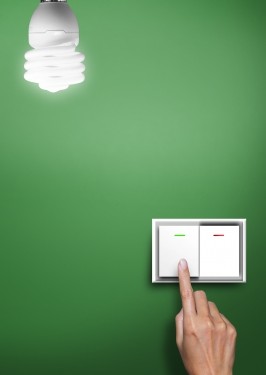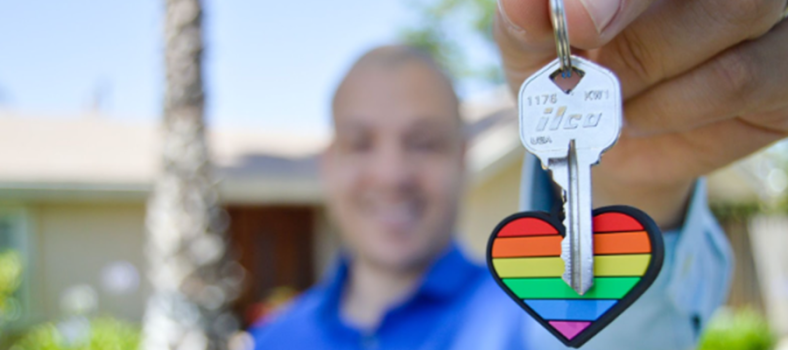Live a Greener Lifestyle with an Energy Efficient Home
As the number of new homes being built continues to rise across the country, Aussie households are consuming more energy and demanding more of the power grid. Green living is a hot topic at the moment, and now more than ever Australians are becoming increasingly aware of using energy more efficiently at home.
Energy efficiency doesn’t only mean reducing energy consumption by the day. It also means using it strategically; using less energy to achieve the same desired level of comfort. By using better technology which consumes less power, you conserve energy, save money and help do your little bit for the environment.
Practicing energy conservation at home
These days many Aussies prefer to live in the comfort of a flat or apartment situated in a high rise building. Whilst many apartment buildings may have an efficient energy system in place, the manner in which you use your appliances at home can easily add up to excessive energy wastage and inflated power bills. You can easily save money and reduce your carbon footprint by making a few simple changes at home (or at work)!
Unplugging appliances after you’ve used them, carpooling to work or even turning the faucet off to save water can quickly add up into big savings. Doing a quick Google search for “energy saving ideas” will soon present you hundreds of ways to conserve your power usage, from heating and cooling, tinted glass windows, energy efficient appliances, lighting, insulation and more!
Redesigning or building a new home
Building a new house or renovating your current home are two golden opportunities to optimise your homes power consumption. You can install more efficient heating and cooling systems or install a water system which catches natural rain fall to use in the home and garden! Be sure to install energy saving glass windows or panels to reflect unwanted glare from the sun, as air conditioners use a significant amount of power when in use.
Your house’s floor plan is also essential. Determine how large your house needs to be and whether you need more room or you just need to redesign your current space. Remember that any added space costs you to build and maintain. Carefully consider where to position rooms that can use plenty of sun’s light and warmth during winter while reducing the heat during summer.
Install appliances that can reduce power consumption and decide on what kind of energy efficient building materials are suited to your house.
When buying, selling or renting a house
When doing these things, you should try to consider the following:
Assess the ‘green’ value of the property, its accessibility to transportation and its proximity to your work area.
Does the property have a well-coordinated floor plan and energy-efficient system? If you are selling a house, highlight this by including it in an advertising brochure so that prospect buyers will know how much they are actually saving with it.
When you’re renting a house, always consult the owner about whatever proposals or plans to change your rented property to improve energy saving. Be sure to explain how this change will bring about savings in energy expenses and increase the value of the property itself.
Get a home assessment
Having your home assessed can help you pinpoint practical ways to lessen optimise your energy use and gives you a comprehensive report on areas to improve and how much this can save you. Remember, it all adds up!
For more information on how you can save energy in the home or office, visit O’Brien Glass for a range of energy saving glass windows and products.






No Comment